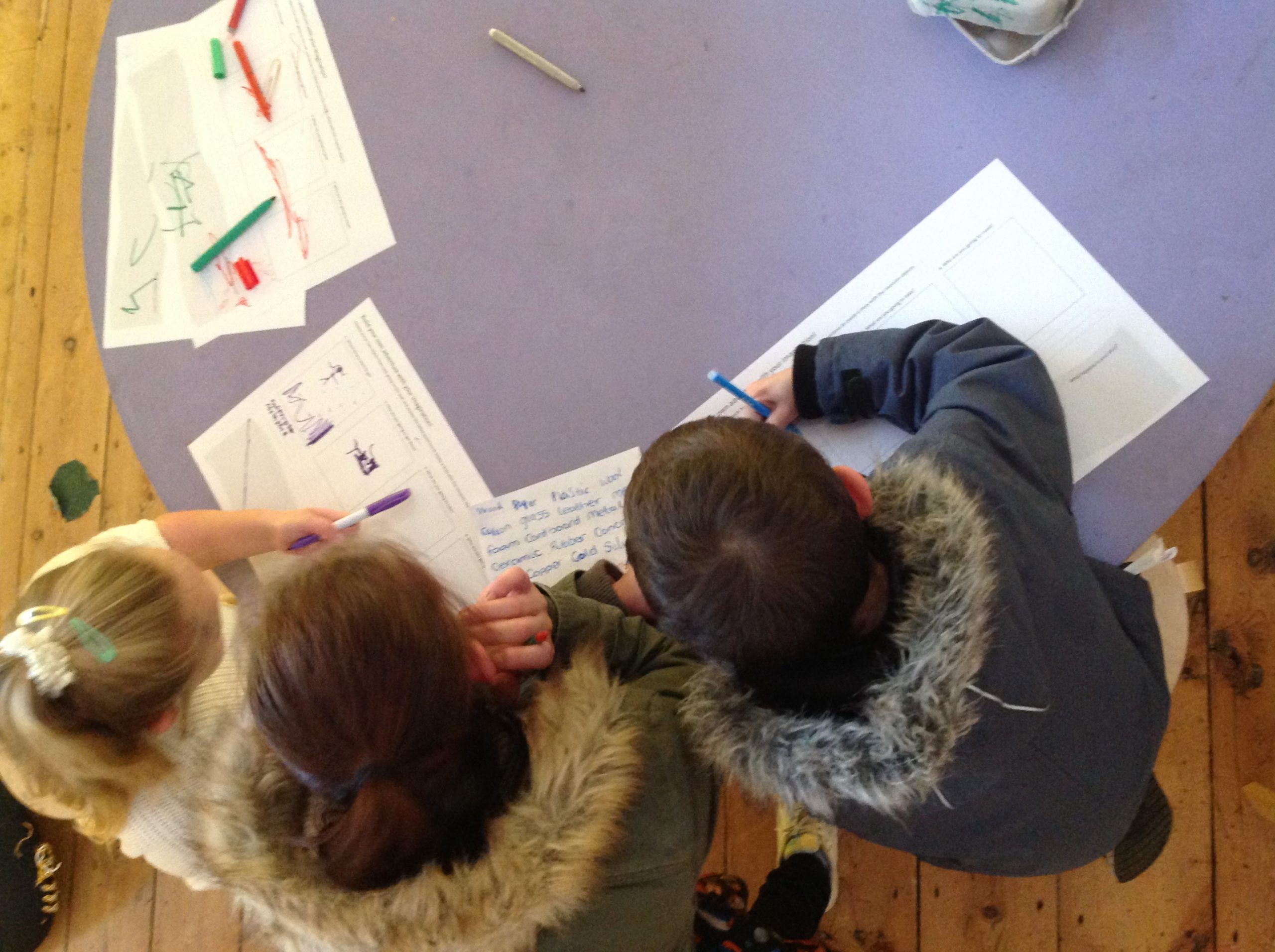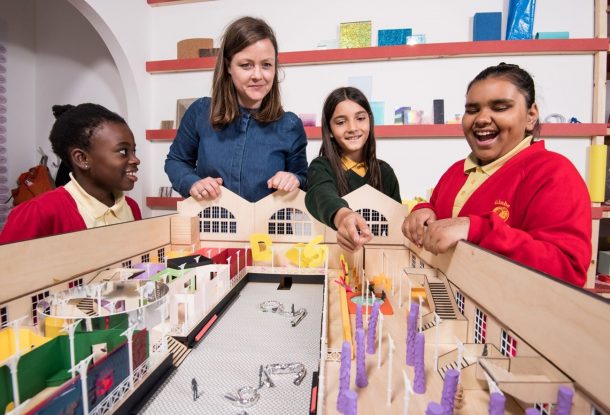The ancient Greek philosopher Heraclitus is supposed to have said that all things are in motion, and nothing is at rest. He used the analogy of the flow of a river: you cannot step into the same river twice. Certainly, over three decades working in the cultural sector, change has been the norm.
Having worked on multiple, successive capital projects in museums, each one creates exciting and inspirational opportunities to do things differently, in ways that matter, defined by the needs of audiences, institution and key contextual, external factors. I was recently invited to give a case study on Young V&A at one of A New Direction’s ‘Principles into Practice’ sessions, focusing on the Arts Council of England’s (ACE) Investment Principles for National Portfolio Organisations (‘NPO’).
The focus of the presentation was on the ‘dynamism’ principle, described by ACE as:
… responding to the challenges of the next decade. It means having a business model that is flexible and able to adapt to changing environments.
Dynamism is about understanding the value you create for the communities you serve, whilst considering the needs of those you are yet to reach. It requires investment in leadership and governance that inspires positive change and skilled teams and individuals who are inclusive, resilient and equipped to deal with change.
It is supported by an approach that embeds technology appropriately across activities and uses evidence and data to inform decision making.

At its core, dynamism captures the need for cultural institutions to flex all areas of their business to retain, or indeed create relevancy. For the purposes of the session, I identified three drivers for change and transformation across our practice in this context: Audience, Content and Governance. Given the demographic and rationale for creating Young V&A, at the core of each driver is the concept and practice of ‘Young Voice’. We have striven to engage with our audience from the outset, working initially through co-design connecting our Children’s Forum with design practice De Matos Ryan on the architectural design, to create relevant and meaningful experiences, and now progressing to gallery content and learning programming through co-creation approaches, about which Helena and Catherine have written in earlier posts.
Ensuring that we hear and listen to diverse young voices means their thoughts and ideas will be embedded in our work and represented in what we offer. The wider external context also informs the new iteration of the museum in Bethnal Green, affording a recalibration and new understanding of the role of the museum in a time of huge global challenges. From Extinction Rebellion to the Fourth Industrial Revolution to the impact of the Covid-19 pandemic, the world is changing, fast. Institutions must necessarily respond: dynamism is the sine qua non for survival – or we risk irrelevance (the reason perhaps by 44% of those Gen A surveyed by Beano Brain described museums as boring places).
In the context of learning, global bodies such as the Organisation for Economic Co-operation and Development and the World Economic Forum are questioning the role, purpose and model of education if it is to equip today’s young learners effectively for an uncertain future. Education and life chances will be impacted dramatically by climate change and planetary resource constraints; socio-demographic changes (in the UK for example, a rapidly ageing population and an inversely proportionate age/wage ratio); the shifting sands of geo-politics with their concomitant redrawing of boundaries and freedoms; and a continued shift in economies from manufacturing to service and information driven, with a resultant demand for schooling that teaches new skills and aptitudes relevant for the workplace. And perhaps most challenging when writing from a context of material culture, the digital world with its technological advances that both liberate and threaten freedoms and cause deep ethical and moral dilemmas.
In this context, some key areas of museum practice are being rethought, so that learning through material culture retains relevance and purpose and museums continue to be places for connecting authentically with self, with others and with the wider world; and with past, present and possible futures. All of these factors, while they may read as somewhat ‘meta’ for a museum capital project for the young, inform how we are shaping and developing Young V&A. They are, to return to the ACE dynamism principle, challenges not only for the next decade but well beyond.

Dynamism means being responsive and agile, challenging orthodoxies of practice to connect better with the key communities we serve. In many ways it is a design-led principle, also articulated as a ‘user-centered’ approach. We can characterise Young V&A as an anchor organisation, meaning it is first and foremost rooted in its locality, serving audience needs across creative, cultural, educational and civic spaces, initially mapped within a 15-minute walking radius of the museum site. Co-design and co-creation activity further strengthens the connections with audience need. The river keeps flowing and the institution needs likewise to demonstrate its own ability to be fluid and responsive to the changing needs of our young communities.


